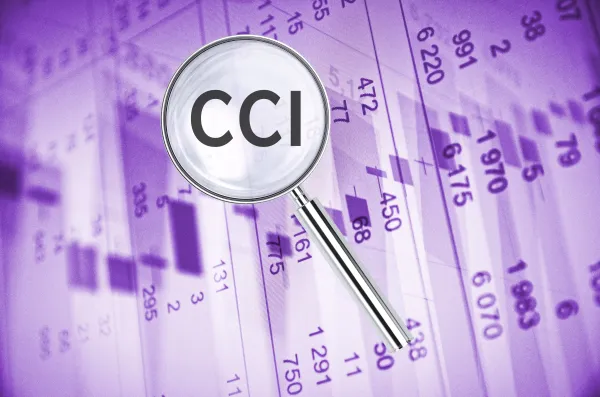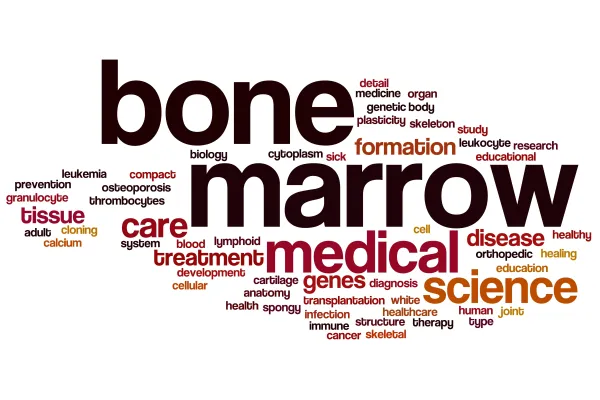Tackle 7 Questions to Catch Any TCM Coding Errors Before They Occur
Medication reconciliation and management must occur no later than date of face-to-face visit. When your oncologist performs management of a patient during the transition from an inpatient hospital setting to the patient's community setting, the situation might merit the reporting of one of the unique evaluation and management (E/M) transitional care management (TCM) codes. Test your TCM smarts with the following seven questions to safeguard your reimbursement. Editor's note: Stay tuned next month for even more tips on reporting TCM services. Master 99495 and 99496 for TCM Success Question 1: What code choices does the 2017 CPT® manual offer for TCM? Answer 1: CPT® offers the following codes to report TCM services: The provider must take responsibility for the patient's care post-discharge from the facility without any gap in care, says Maggie M. Mac, CPC, CEMC, CHC, CMM, ICCE, AAPC Fellow, AHIMA-approved ICD-10-CM/PCS trainer, and president of Maggie Mac-Medical Practice Consulting in Clearwater, Florida. Caution: To report 99495 and 99496, the patient must have medical and/or psychosocial problems that require moderate- or high-complexity medical decision making (MDM), Mac adds. Know What Type of Discharge Falls Under TCM Question 2: What types of discharge qualify for TCM services? Answer 2: The provider delivers TCM services during the patient's transition back home following particular kinds of discharge, Mac says. The eligible inpatient hospital discharge settings include the following, according to the CMS TCM Services Guide: After discharge from an inpatient setting, the patient must return to his community setting (where he will reside), which includes the following, according to the CMS TCM Services Guide: Caution: The requirements are specific to the patient being discharged from the inpatient hospital setting to his community setting, not to another facility. You cannot bill a TCM code if the patient is discharged from one inpatient facility to another such as from inpatient to a skilled nursing facility. Not Sure Who Can Report TCM? Read This Question 3: Which healthcare professionals can provide TCM services? Answer 3: The following healthcare professionals (billing providers - those with national provider identifier [NPI] numbers) may furnish TCM services, according to Mac: o Certified nurse-midwives (CNMs), Caution: The required face-to-face visit component of TCM must be delivered under direct supervision when NPPs provide this service. The non-face-to-face services may be delivered under general supervision. NPPs may furnish non-face-to-face TCM services "incident to" the services of a physician, according to the CMS TCM Services Guide, which you can find at: https://www.cms.gov/Outreach-and-Education/Medicare-Learning-Network-MLN/MLNProducts/downloads/Transitional-Care-Management-Services-Fact-Sheet-ICN908628.pdf. Both the face-to-face and non-face-to-face services are subject to applicable state law, scope of practice, and the Medicare Physician Fee Schedule (MPFS) "incident to" rules and regulations, according to the CMS TCM Services Guide. Don't Miss Interactive Contact Component of TCM Question 4: What is the interactive contact component of TCM? Answer 4: TCM services include three distinct components. For the initial component, the physician or clinical staff must establish contact with the patient or his caregiver within the first two business days after the patient's discharge. Caution: Business days typically include Monday through Friday. You shouldn't count in any holidays that occur during these days when counting days from discharge. This interactive contact can be made via telephone, email, or face-to-face. Heed this: The physician or clinical staff must make at least two attempts to contact the patient within the required two business days. If they make two or more separate attempts in a timely manner and document them in the medical record but are unsuccessful in reaching the patient, they may report the service if all other TCM criteria are met. However, CMS makes it very clear that they expect the physician or clinical staff to continue to establish contact with the patient until successful. Hone in on Non-Face-to-Face Portion of TCM Question 5: What is the second component of TCM? Answer 5: For the second component of TCM, the physician or NPP must provide non-face-to face services to the patient, unless they are deemed not medically necessary, according to the CMS TCM Services Guide. Take a look at the non-face-to-face services the physician or NPP may provide, as indicated in the 2017 CPT® manual: Clinical staff under the direction of the physician or NPP may also provide certain non-face-to-face services to the patient, which include the following, according to the 2017 CPT® manual: Remember the Face-to-Face Visit Question 6: What is the third component of TCM? Answer 6: The first-face-to face visit after the patient's discharge is the third component of TCM. To report99495, the face-to-face visit must occur within 14 calendar days of the patient's date of discharge, and the MDM must be of at least moderate complexity, according to the CPT® manual. For 99496, the face-to-face visit must occur within seven calendar days of the date discharge, and the MDM must be of high complexity, adds the CPT® manual. Caution: When counting days for performing the face-to-face service, you should count calendar days and not business days as you do when you're trying to establish that first contact with the patient. Also, note that this first face-to-face visit is considered part of the TCM service, so you cannot report it as a separately identifiable E/M service. However, additional face-to-face E/M services provided on subsequent dates after that first face-to-face TCM visit may be reported separately, according to Kent Moore, senior strategist for physician payment at the American Academy of Family Physicians. Note: Medication reconciliation and management must occur no later than the date of the face-to-face visit, according to the CPT® manual and illustrated in the medical record as such. Count TCM Time Period Accordingly Question 7: When does the time period for TCM begin? Answer 7: TCM services have a 30-day period. TCM begins on the date of the patient's discharge and continues for the next 29 days, according to the CPT® manual.
o Clinical nurse specialists (CNSs),
o Nurse practitioners (NPs), or
o Physician assistants (PAs).




